The Art of Intimacy: 5 Famous Artist Couples and the Stories Behind their Work
All-encompassing, inspiring, and often volatile, the love affairs of celebrated artists continue to intrigue through the centuries
All-encompassing, inspiring, and often volatile, the love affairs of celebrated artists continue to intrigue through the centuries
Sandro Botticelli’s The Birth of Venus (ca. 1486) is widely considered to be the artist’s magnum opus and is one of the world’s most recognizable Renaissance paintings. But it’s also a dedication to the artist’s great unrequited love. The eponymous Venus was modeled on Simonetta Cattaneo Vespucci, a married lady with whom Botticelli was rumored to be in love. Arguably the most famous example of artist and muse, it certainly isn’t the only one. Our list of artist couples demonstrate the enduring role of passion and romantic love in artistic expression.
Elizabeth Siddal (1829–1862) and Dante Gabriel Rossetti (1828–1882)
When Rossetti met the copper-haired artist and model Elizabeth Siddal sometime around 1849, he felt “his destiny was defined.” Such was his obsessive infatuation with her—both as his lover and his muse—that he stopped painting other models and asked that she pose only for him: his paintings of her are thought to number in their thousands.
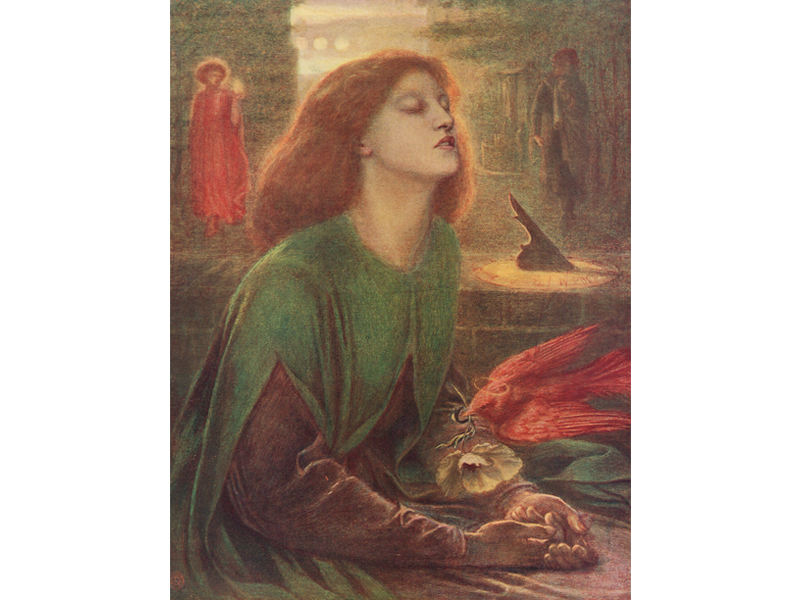
Theirs wasn’t an entirely happy marriage—Rossetti was known to have had a long affair with his friend William Morris’s wife Jane Morris, who is believed to be the subject of his 1874 painting Proserpine—but his infatuation with his wife continued after her death. Rossetti buried a book of his unfinished poems in Siddal’s coffin and began a series of works—all titled Beata Beatrix (Blessed Beatrix)—depicting his wife as if lit by a spiritual internal light, her hair and skin aglow.
Camille Claudel (1864–1943) and Auguste Rodin (1840–1917)
It seemed that the work of sculptor Camille Claudel was destined to be overshadowed. First by her tumultuous relationship with her tutor and lover Auguste Rodin, whose sculptures The Kiss and The Gates of Hell are two of the most recognizable in the world. Second, by her decline into madness after the breakdown of the relationship. Some art historians believe Claudel may have had a hand in some of Rodin’s most famous works, but sadly she was never given the credit.
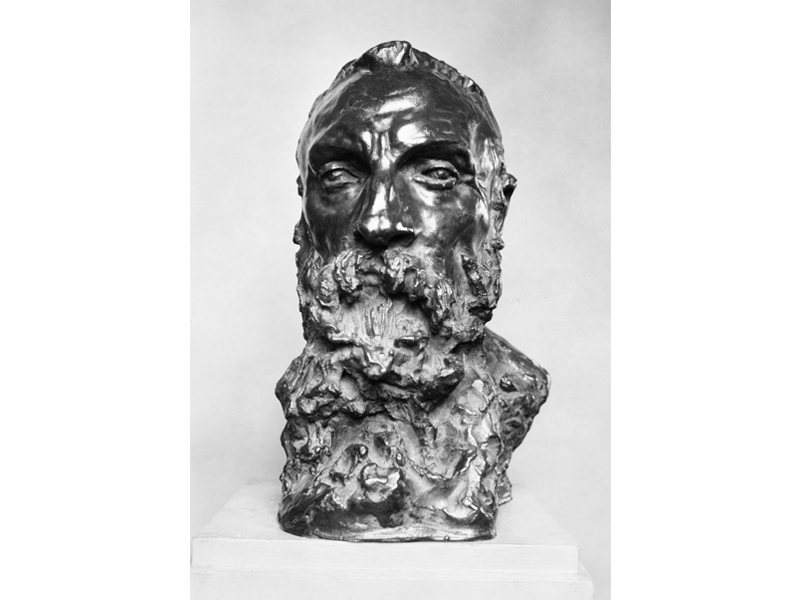
Rodin, who initially employed her as his studio assistant, was transfixed by her artistry and beauty from the moment he met her, and for 10 years she was his mistress and his model. She, in turn, depicted him in Bust of Rodin (1888). Though there is no doubt that her talent was recognized by all who knew her, in 2017 Claudel finally received the official recognition she so richly deserved when the first museum dedicated to her work opened in Nogent-sur-Seine, 100km (62 miles) south-east of Paris.
Effie Gray (1828–1897) and John Everett Millais (1829–1896)
The painter Effie Gray found love and passion with her second husband, the Pre-Raphaelite painter John Everett Millais. But only after seeking an annulment from her six-year marriage to the art critic John Ruskin on the grounds of non-consummation. What Gray lacked in her first union she obviously found in abundance in her second—she and Millais, who had been Ruskin’s protégé, had eight children together.
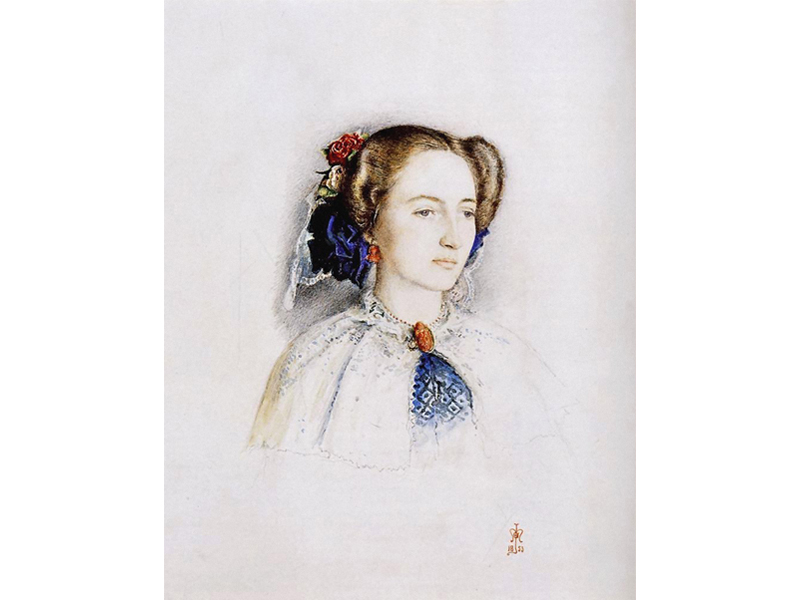
Though Gray could paint, her contribution to the art world will always be as the subject of her husband’s art rather than the originator of her own, and as his highly efficient manager. Following his marriage to Gray, Millais’s style changed quite dramatically. He moved away from the Pre-Raphaelite school to develop something altogether more commercial, and Gray played a huge role in this, helping him to secure commissions and choose new subjects to paint.
Berthe Morisot (1841–1895) and Eugène Manet (1833–1892)
Gustave Geffroy, the art critic and historian, summed up Berthe Morisot’s place in art history when he described her as one of the three grandes dames of Impressionism. Despite the difficulties she faced as a female artist in the 19th century, her talent carried her far—she was accepted to the Salon, the official exhibition of the Académie des Beaux-Arts, when she was only 23, and held on to her place for 30 years. She also worked alongside Degas, Monet, and Renoir.
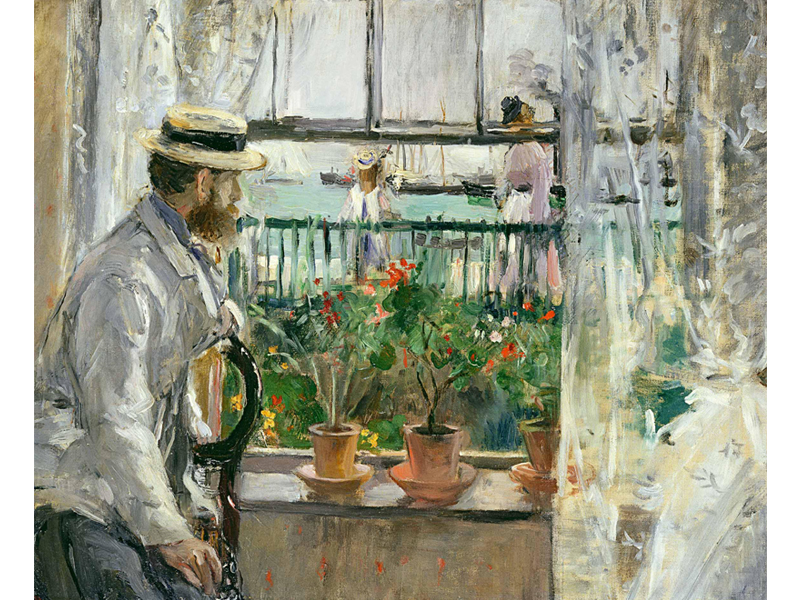
She was also fortunate to have the unwavering support of her husband, Eugène Manet—the younger brother of Édouard—whom she married in 1874. Eugène lacked the talent of both his sibling and his wife, but he threw himself into managing Morisot’s career instead. An exhibition of her work is on at the Dallas Museum of Art in Dallas, Texas, February 24 through May 26, to be followed by a stint at the Musée d’Orsay in Paris, France, from June 18 through September 22, 2019.
Paula Modersohn-Becker (1876–1907) and Otto Modersohn (1865–1943)
Newly arrived in Paris from Worpswede, the artists’ colony in Germany, Modersohn-Becker wrote to Otto Modersohn, whom she met there, imploring him to join her, with or without his ill wife. Modersohn succumbed four months later, following the death of his wife, and asked Paula to marry him.
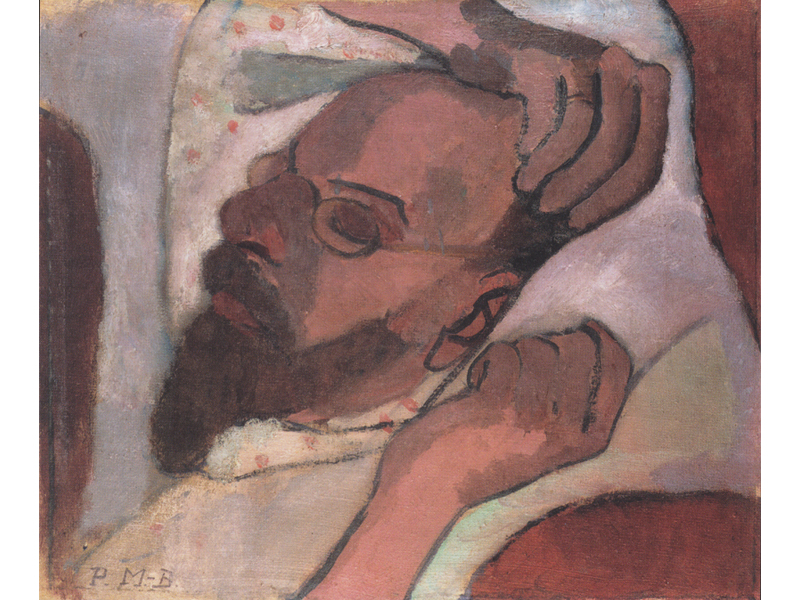
Modersohn-Becker and Modersohn’s paintings could not have been more different, yet he thought her work complemented his, and the influence of one on the other helped them both create pieces that exemplified simplicity and a touching humanity.
Modersohn-Becker died tragically early at the age of 31, just 18 days after the birth of her daughter, yet produced a remarkable body of work in her short life, including the first nude self-portrait by a female artist. In her penultimate summer, she produced a painting every three or four days, producing works with passion, conviction, and speed.